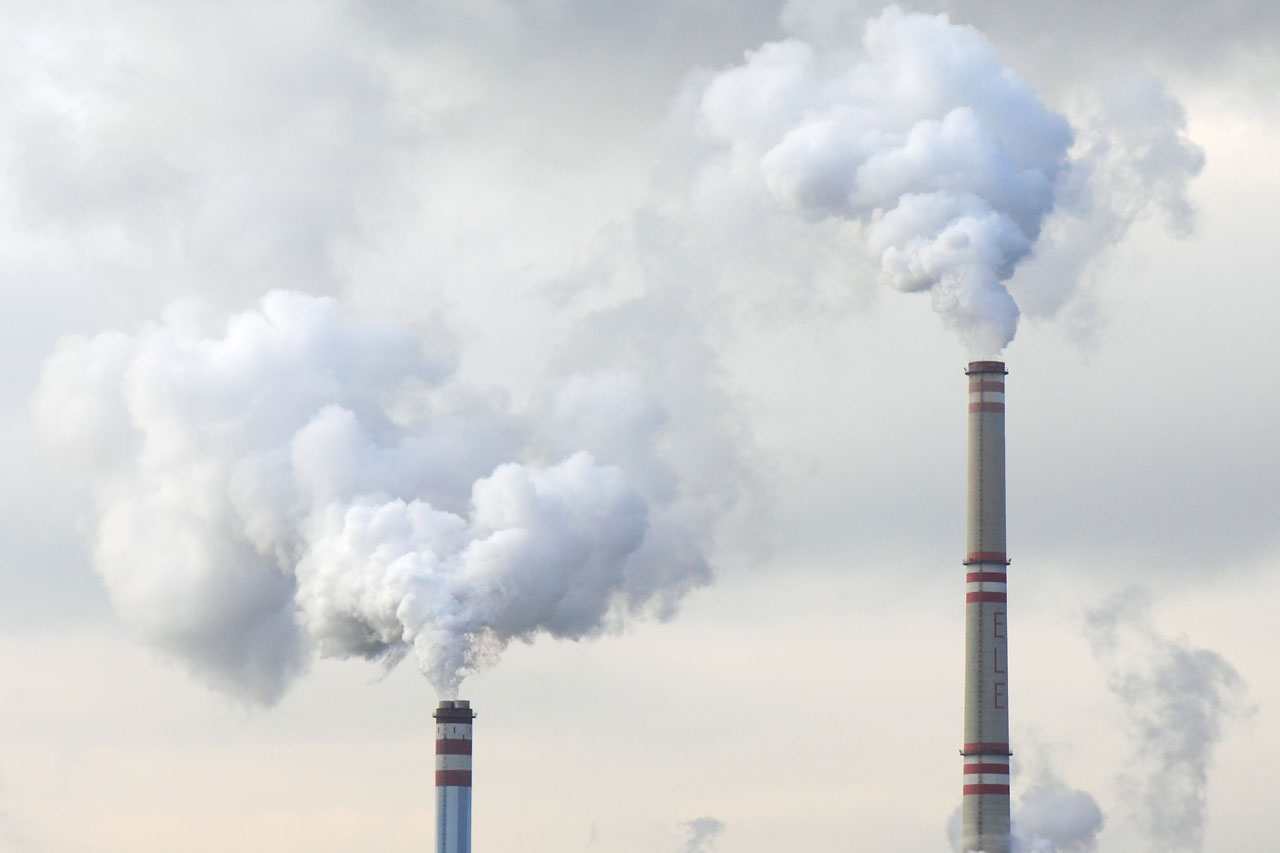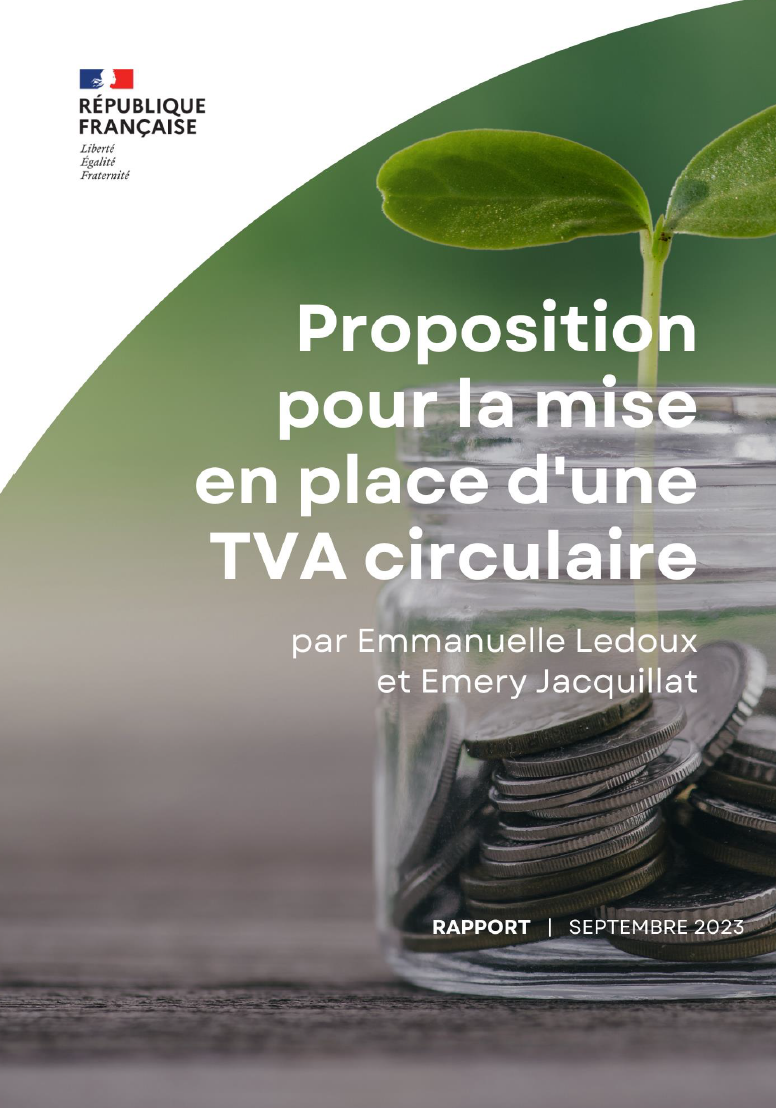This blog is based on a research paper published in “Marine Policy”. The authors suggest that the financing of the blue economy need to be specifically targeted for both public sector promoted large impact projects and individual private sector initiatives through the establishment of customized financing facilities.
About the Authors

Dr. Raghu Dharmapuri Tirumala
Raghu is a Senior Lecturer in the Faculty of Architecture, Building and Planning at the University of Melbourne. Previously, as the Professor and Director at RICS School of Built Environment (Noida, India), Raghu had set up the School of Infrastructure and designed the MBA program in Infrastructure Management. Before that, he was the CEO of Infrastructure Development Corporation (Karnataka) Limited, a joint venture of the Government of Karnataka, IDFC and HDFC at Bangalore, India. His research covers the areas of public, private partnerships in infrastructure, project and property finance, and managing the transformation of cities.

Dr. Piyush Tiwari
Piyush is a Professor of Property at the University of Melbourne, Australia. Before his current position, he was Director – Policy at Infrastructure Development Finance Company (IDFC), India. He was responsible for formulating policies for private financing of urban infrastructure in close cooperation with national and state governments. He was also editor of India Infrastructure Report 2011 on Water. Earlier, he was Senior Lecturer (Property) and Program Leader, MSc (International Real Estate Markets) at the Business School, University of Aberdeen, UK. In addition, he has held positions at the largest mortgage company, HDFC, India and the University of Tsukuba, Japan. His research interests include infrastructure policy, housing economics and mortgages, commercial real estate investment, and financing infrastructure in developing countries.
Healthy oceans are critical to the planet’s well-being, yet a growing number of natural- and human-induced threats to this precious resource continue unabated. There is an increasing consensus on the need to stem this ecocide and nurture the blue economy to health. The blue economy refers to using the ocean and associated resources sustainably for economic development while protecting the ecosystem. The blue economy projects could be from a range of sub-sectors, including fisheries, ocean and ecology conservation, waste management, ports and shipping, tourism, etc. If treated as a country, it is estimated that the ocean economy would be the 7th largest in the world, worth 24 trillion USD, and the market value of coastal, marine resources and related industries is an estimated USD 2.5 trillion .
Yet, such an important resource is misused and improperly managed, causing irreversible negative effects on the environment and marine life, particularly the livelihoods of many communities along the coastline.

Sources: Coral Reefs | Plastic Waste | Fisheries | Mining | Shipping
Through nationally determined contributions under the Paris Agreement and Aichi targets (part of the Convention on Biological Diversity), many countries have indicated their intention to curtail ocean pollution. However, projects for mitigating ocean pollution tend to be infrastructure oriented, with considerable economic benefits but extremely limited existing cash flow streams. Typically, funding for such projects is through conventional sources such as government budgets and multilateral/ bilateral assistance[i] coupled with policy, regulatory and institutional support. There is increased attention from the investor community[ii] of late, however, their scale of participation is still limited. The projects of interest typically include fisheries, aquaculture, tourism, shipping etc. Moreover, amounts raised through green finance instruments have not been used for blue economy projects. The inadequacy of conservation funding is widely prevalent partly because the project revenue models depend on the monetization of economic rewards and capture of enforcement fees and penalties. There is also inadequate information on project pipelines for tackling ocean pollution prevention.
The newer sources that have emerged in the recent past are the blue bonds. For example, the Republic of Seychelles issued a prominent blue bond that caught global attention[iii].
Some of the recent blue economy related fund activity is indicated in the table below:
Fund | Objective | Size/ Duration |
Seychelles Blue Bond | Transition support to sustainable fisheries | USD 15mn; 10 years |
RARE’s Meloy Fund | Incentivize the development and adoption of sustainable fisheries | USD 22Mn; 10-12 projects in 10 years |
Encourage Capital | Investing for sustaining global fisheries | Target; USD 100Mn (across 6 blueprints) |
Althelia’s Sustainable Ocean Fund (SOF) | Making available growth capital for harnessing the ocean’s natural capital | USD 100Mn across 10 -15 investments |
Circulate Capital | Protecting South & Southeast Asia from plastic waste | Target: USD 5Bn |
Nordic-Baltic Blue Bond | Targeted towards water resource management and protection | USD 213 mn; 5yrs |
Source: Compilation by the Authors from respective websites and news articles
The announced initiatives are large, targeted towards projects in fisheries and circular economy; however, the launched ones are relatively smaller (under USD 50 million), with an investment horizon of about 10 years. The deal size of the projects that the funds would participate in is expected to be an average of USD 2 million. The funds are highly assisted/ structured products, which makes replicability a concern. While expected to benefit the direct users, the funds might fall short on the impact on the environment given these features and large investments needed for the sector.
Financing mechanisms need to be configured to get the two categories of projects off the ground – the public sector promoted infrastructure/ conservation oriented ones and the private sector industry and services oriented ones. Assured access to concessional finance, particularly in regions with a higher share of the blue economy (in Asia, for instance), would significantly assist the launch and implementation of ocean conservation projects. For example, the ASEAN Catalytic Green Finance Facility (promoted by the Asian Development Bank)[iv] was able to substantially lower the cost of funds for projects meeting their eligibility criteria.
The financing mechanism that could accelerate the investments could be in the form of a financing facility (with appropriate institutional structure) set up at a national or a regional level (as illustrated in the figure below).

The facility could pool in low-cost funds from diverse investors and support projects that meet blue economy principles through various financial instruments. First, the facility can extend financial support to large impact projects (typically configured by public sector agencies) through channelling a blended mix of concessional funds, sovereign and non-sovereign loans and contributions from project stakeholders. The second pathway would be to support the private sector’s initiatives (typically blue bonds) by giving credit enhancement through guarantees. Third, simultaneous capacity building and institutional strengthening of the project proponents will foster healthy dialogue and lead to a monitoring and feedback mechanism for continuous improvement.
Generating a healthy pipeline of bankable blue economy projects is one of the most significant challenges that remain to be addressed. Establishing collaborations between stakeholders and getting influencers from the government to be at the forefront can help develop a strong project pipeline in the blue economy. Private sector involvement in the blue economy is essential – from research to design, deployment, operation, and financing. The public and private partnership is important to move the blue economy forward. Investors will shy away from investing in this sector without well-defined principles and a framework for “blue economy investing”. One of the initial frameworks for the sustainable blue economy is launched through a collaborative initiative of The European Commission, European Investment Bank, World Resources Institute, and World Wide Fund for Nature. ADB is also expected to announce its Ocean Financing Framework .
The need to strengthen the transition to a sustainable blue economy is immediate. Developing contours of financing frameworks that can optimize public and private capital for bridging the financing gap could be a potential pathway.
Sources
[i] The official development assistance to the marine sector has reduced more than 30% between 2010 and 2015 Source: “Aligning Fisheries Aid with International Development Targets and Goals.” Marine Policy. https://doi.org/10.1016/j.marpol.2017.11.018
[ii] A survey by Responsible Investor indicate that nine out of ten investors are interested in investing in sustainable blue economy projects and a third of the respondents regard the sector to be an important one in 2030. Source: https://www.responsible-investor.com/reports/responsible-investor-and-credit-suisse-or-investors-and-the-blue-economy
[iii] https://www.worldbank.org/en/news/press-release/2018/10/29/seychelles-launches-worlds-first-sovereign-blue-bo
[iv] https://www.adb.org/what-we-do/funds/asean-catalytic-green-finance-facility/overview






